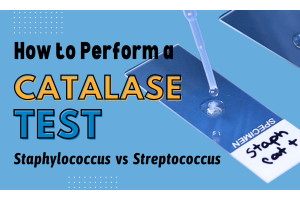Cucumber Conundrum
There are a few things you definitely want with your cucumbers. Ranch (obviously), Hummus (alternatively awesome), a cheesy artichoke dip (ok now I'm just hungry), but there is one thing you definitely do not want in your vegetable snack.... Salmonella.
On September 5th, 2015, the FDA release a statement that Andrew and Williamson Fresh Produce voluntarily recalled all cucumbers sold under the Limited Edition Pole Grown label from August first through September third due to a contamination of Salmonella. Unfortunately, this recall did not come fast enough for some. There are currently upwards of 300 sickened victims as well as the death of one woman. The San Diego woman was 99 years old. In addition, 53 people have been hospitalized. Of those, more than half were younger than 18 years old. Those most susceptible to the sickness are children, the elderly, pregnant women, and those with a compromised immune system. Most experience symptoms within 8-72 hours after the contaminated food is ingested. Symptoms include diarrhea, stomach pain, vomiting, and fever. Often, the symptoms will dissipate within 3 to 7 days.
Salmonellosis is caused by the Salmonella enterica bacterium. The bacterium comes in many different strains but serotypes Typhimurium and Enteritidis are the most common in the United States. Salmonella contamination usually occurs on a production level due to faults in the environmental monitoring and quality assurance. If a conveyor belt comes in contact with the bacterium, for instance, it could continually spread until it is properly cleaned. In the home, cross contamination, raw poultry residues coming in contact with vegetables on a chopping block, or pets, usually small rodents and reptiles, are the most common sources of the affliction.
Prevention comes in a variety of steps and methods. Most are extremely simple, common sense actions. Do not consume raw or under cooked meat and eggs as well as
unpasteurized dairy products. Wash all of your produce prior to consumption, and of course thoroughly wash your hands after using the restroom or after handling
pets/livestock.
For our food production customers, Hardy has a handy online catalog that outlines our many microbiology supplies related to food. Concerning Salmonella, Hardy Diagnostics offers chromogenic media such as the HardyCHROM for Salmonella, Transport media such as the PDX-SIB for environmental Salmonella detection, and our identification and enumeration plates Compact Dry for Salmonella.
If you have any questions, contact our helpful technical support staff by emailing them here.
Or call them at 1-800-266-2222-5598.
UPDATE: September 10, 2015
There is now a second death attributed to the outbreak.
A Texas woman who had other serious health issues has died with medical records citing that Salmonella was a contributing factor to her passing.
UPDATE: September 18, 2015
An Arizona woman has died marking the third fatality from the widespread Salmonella outbreak. The woman was in her late 50's and, much like the prior victim, suffered from serious prior health conditions. The illness has spread to 418 confirmed cases across 31 states. 52% of those infected are younger than 18 years of age, according to the CDC.
This post will be updated as this story continues to develop.
Written by Daniel Ballew
Daniel is a Marketing Associate for Hardy Diagnostics. He earned his bachelor’s degree in History and a certificate in World Religions at California Polytechnic San Luis Obispo in San Luis Obispo, California where he studied mythology and the development of Christianity.










